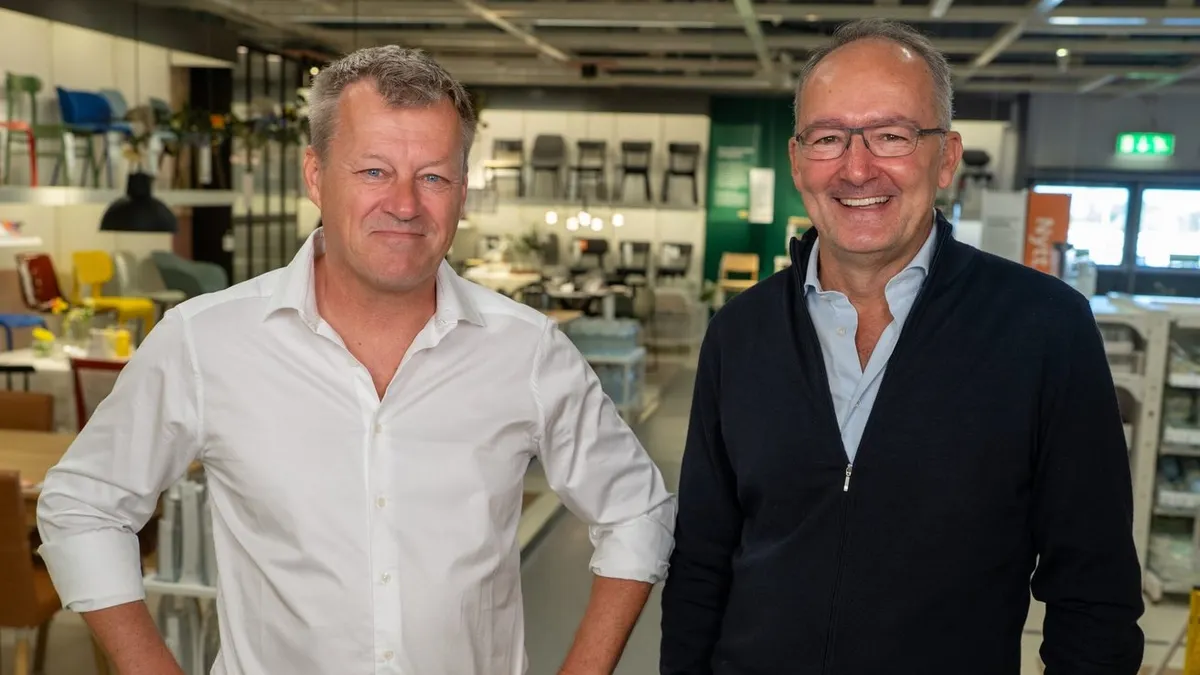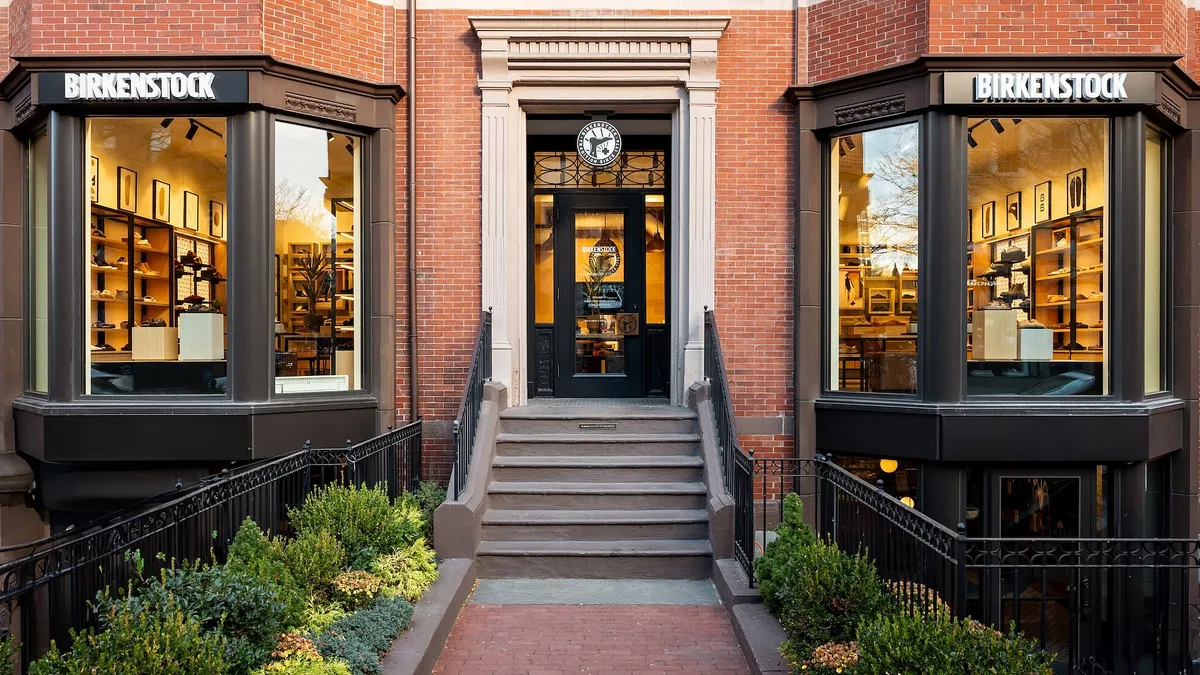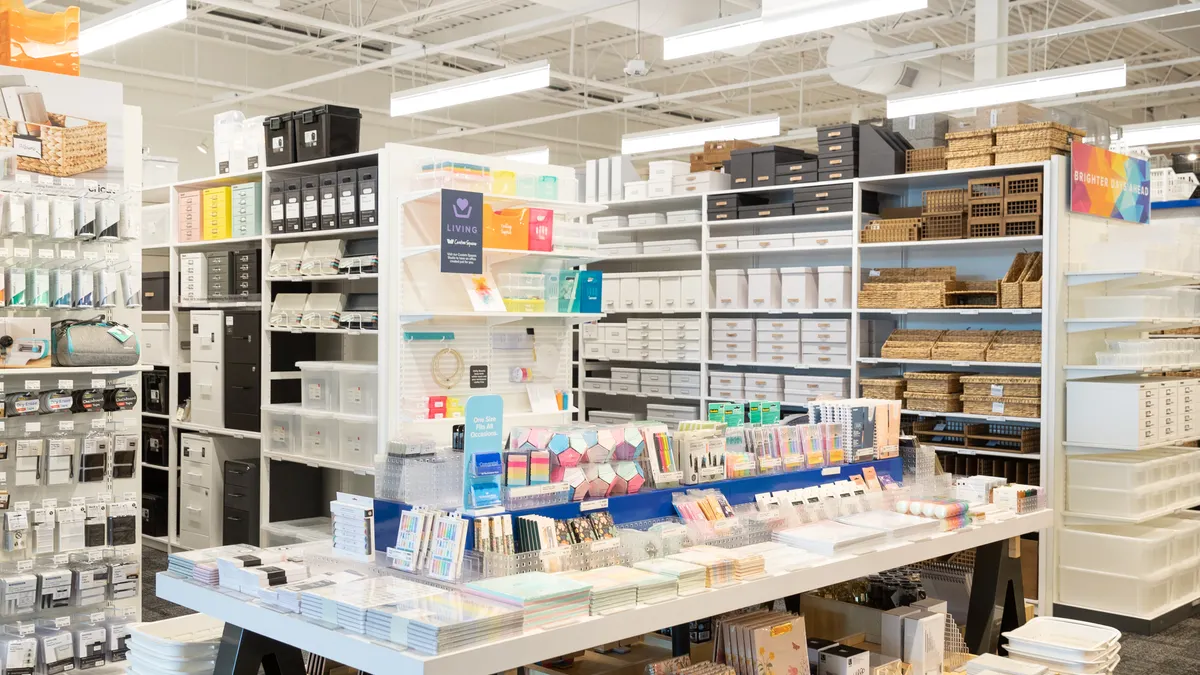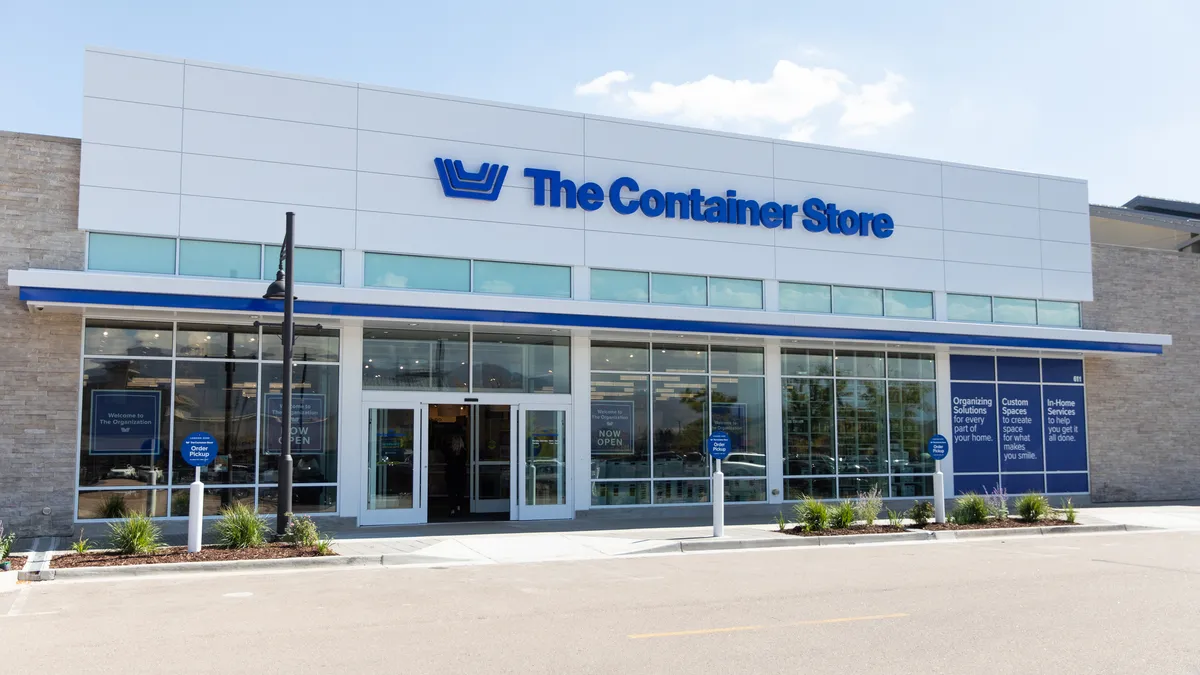Editor's note: The following is a guest post by Christina Bieniek, chief commercial officer at Deloitte. Views are the author's own.
No matter how you slice it, retail revolves around the consumer — and that makes the consumer your north star as a retail professional. But following that north star takes work; you have to actively make decisions to keep your team and your company focused while simultaneously adjusting to meet your customer where they are today and where they will be tomorrow. That means decision making is the critical driver of how retailers can grow, transform and innovate.
If you work in retail, decision making might not be the first thing you think of when asked what you do all day. But think about how many decisions you make — what to sell, where to display it, how much to charge, when to mark it down and countless other decision points in your role.
To succeed in retail, you must reflect on those decisions and whether they are driving the outcomes you want. For example, when you put inventory in a store, how much do you expect to sell and how does that impact what you purchase and the timing it arrives? If you sell out too quickly, you'll miss out on sales. If you don't sell enough and have to mark it down, you'll lose potential profit. Neither of those scenarios are your desired outcome. But can you make decisions that get you closer to that desired outcome?
Better information drives better decisions
The answer is a resounding yes. The key is to have more information on which to base them. Humans have always made decisions based on our experience, our gut feelings and other intangibles, but those decisions are not always the best ones. By adding data into the mix — from all places and in as real time as possible — you will be able to make better, more informed decisions. And the real key is looking beyond the typical or most readily available data.
For example, let's look at driving. To get from point A to point B, we used to look at a map, find a route and follow it to our destination. Then technology led to online mapping, which showed the shortest route from point A to point B, not just your best guess or what you knew from history of going from point A to point B. Now, traffic apps use real-time data to suggest an even faster route based on traffic. That data helps you make the decision (the best route to take) that leads to the optimal outcome (you getting to point B the fastest). That same model holds true in retail.
The power of predictive
Making decisions based on data also allows you to be more predictive. By applying today's advanced technologies like artificial intelligence and machine learning, you can spot patterns our human logic might miss. This can be done in a very targeted way or across the entire value chain.
As one example, if you are an athleisure retailer, you might be interested in data about consumer health and fitness in areas where you have stores, so you might look at average Body Mass Index (BMI) figures of people in those areas and how often they go to the gym. Data analytics reveals that while the frequency of people's gym visits is predictive of athleisure purchases, BMI is not. So now, in a community with high levels of gym goers, you might make the decision to expand your footprint or offer more merchandise, but not change anything if only BMI fluctuates. This predictive decision making can happen across the value chain — up to and including where to put a store in the first place.
This is more important than ever
We saw how important data-driven decision making is over the past year and a half. When the pandemic hit, consumer behavior from shopping habits to commutes changed drastically almost overnight. Companies making decisions based on past sales or gut instinct were suddenly flying blind. The businesses that kept or even gained customers were those that blended internal and external consumer data streams to proactively assess consumer needs and wants in real time.
For example, a large national retailer invested in its predictive data and decision-making capabilities prior to the pandemic. One way that investment paid off was how the chain was able to quickly deploy curbside pickup instead of inside store pickup where their customers needed it (or were asking for that service) the most. That new ability is clearly placing the customer as its north star.
Compounding today's challenging retail landscape, companies planning for the rest of 2021 and looking to 2022 can't draw conclusions from last year's data, because it's such an anomaly and likely not predictive of future trends. To deliver true value, many retailers will need to better anticipate demand and fulfill customer expectations. The ones that succeed will use all of the data at their avail to make the best decisions and drive optimal outcomes.
The bottom line: competing in the future of retail is all about improving your decision making to better drive the outcomes that you want. Embracing today's data and analytics tools, including AI and machine learning, ultimately allows you to make the decisions that keep you on course towards the north star of any retail company: the consumer.





















